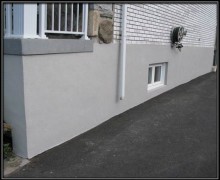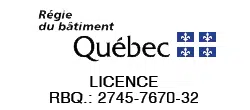Surface preparation for plaster
Before applying the plaster, it is essential that the surface is free of any roughness, clean and well washed. The use of a pressure machine becomes inevitable.
This type of acrylic plaster can then be installed on almost any surface, facades of houses or businesses , stairs, concrete patios, sheds in fact all exterior walls and houses.
Renewed plaster
Traditionally, exterior plaster was made to protect or improve the appearance of foundations. It was composed of sand, water and cement. Over time, acrylic-based products began to take up more space. They are much stronger and make the foundation watertight while allowing the gas exchange necessary for the health of a foundation walls. The polymer present in the mixture of an acrylic coating ensures superior durability to old plasters.
Different types of finishes
The textures available allow for different types of finishes. So you can have an acrylic finish that will look like the finish of a traditional plaster or a more splintered kind with a coarser grain, to think outside the box.
Dare to use colour
The colour integrated into the finish helps to avoid chipping problems due to the ageing of the exterior paint. Acrylic plasters will never lose their colour and it will blend in perfectly with the rest of the building.
Traditional plaster
If, however, the client prefers a traditional foundation plaster to be installed on the exterior walls of his foundation, we offer this service. This type of parging can be installed on a repaired foundation, new or on an old parging, as long as the surface is well prepared.
Advantages of this type of stucco
- Robust
- Ecological
- Resists aging
- Alkali resistant

















